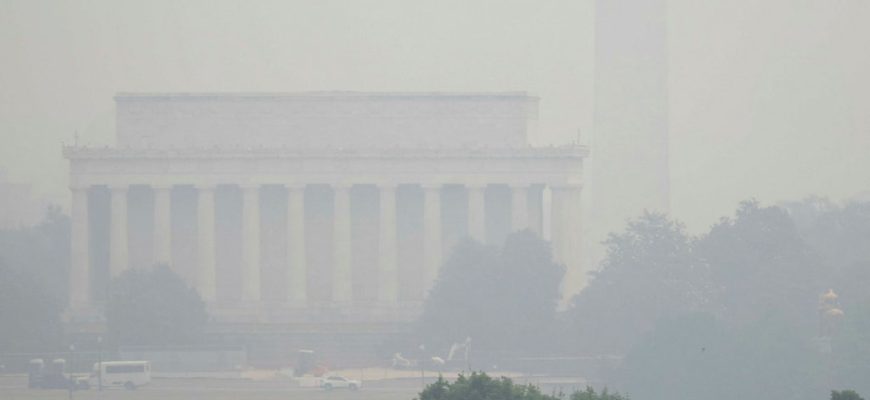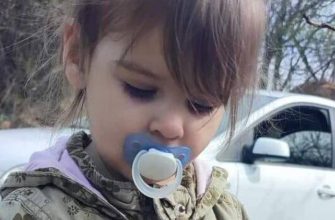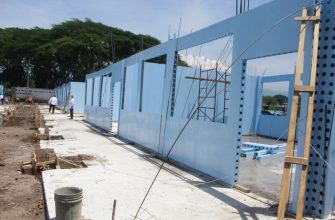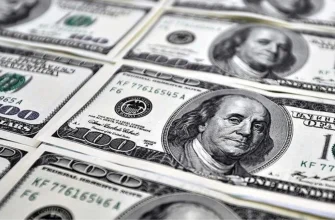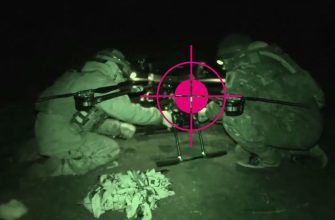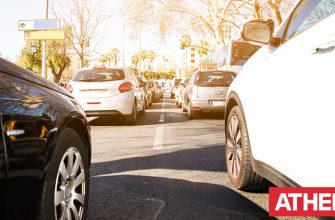The message from the children’s schools came Wednesday morning: Code Red is in effect for air quality in the Capital District of Columbia and all outdoor activities are canceled. There will be no gym and no excursions as long as fire smoke from Canada pours down over the east coast of the United States.
A few hours later, the fog thickened in New York, and landmarks such as the Statue of Liberty and the Empire State Building were enveloped in a yellow-red haze. The same phenomenon hit San Francisco during the great wildfires in California in September 2020: the smoke scatters the sun’s blue light waves, only yellow, red and orange light is let through.
Then, three years ago, the United States was rocked by the pandemic and the protests against police brutality.
The state of emergency surrounding covid-19 ended as recently as last month. Now we buy new mouth guards and look online for air filters and air purifiers.
Once is it hard to breathe in the US.
American media reports that the air quality in New York is the worst ever measured in the city. Broadway theater producers have been forced to cancel outdoor performances as actors gasp for air. Here in Washington, the air on Thursday morning is classified as hazardous. National monuments such as the White House and the Lincoln Memorial are embedded in gray-white fog. It smells a bit like a campfire – from hundreds of forest and land fires in the Canadian provinces of Quebec, Nova Scotia and Ontario more than 100 miles to the north. Storm systems and low pressure in the north have caused the smoke to move down over the North American continent. In the coming days, it is also expected to move west, towards the Ohio River valleys, and down towards North and South Carolina in the American South.
The acute air problems on the east coast are likely to improve by the weekend, but fire season in Canada has only just begun.
I read articles where meteorologists and climate experts repeat the same phrases – that they have never seen anything like it and that everything is pretty much as scientists have predicted. Fires are a natural part of ecosystems, but exploitation and fire-sensitive nature and poor forest management have had extensive consequences in various parts of North America. And global warming contributes to the problems, according to the researchers. The early summer in Canada has been characterized by heat and drought at record levels. When the spring rains fail, the forests in the north lose lush greenery that can protect nature against fires.
I am writing a sentence that I have repeated many times before: There has always been extreme weather in the United States. As a correspondent, it is almost impossible to avoid writing about hurricanes, tornadoes, downpours and droughts. Now our block of flats is in the danger zone, but everything is so quiet in the streets around our house.
This is nobody apocalypse with lightning and thunder. The most invisible and very small particles are the most dangerous. They are the ones that can affect public health in the long term. Ask the people of Dhaka, Delhi, Jakarta, Doha, Peshewar, Mexico City and Johannesburg.
There are big headlines when a Western metropolis like New York and a power center like Washington are hit. And it’s clear that Manhattanites will have a hard time forgetting the June day when the sky looked like a fire yellow warning signal. Michael Bennet, who is a senator from the fire-ravaged state of Colorado in the interior of the United States, tells CNN that he hopes that what happened can make politicians on the east coast act.
Perhaps some insights will clear up for those in power in the fog: For people in many parts of the world, this is everyday life.
